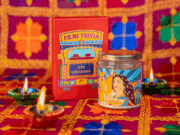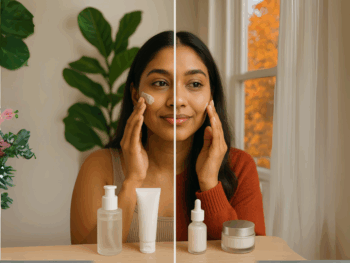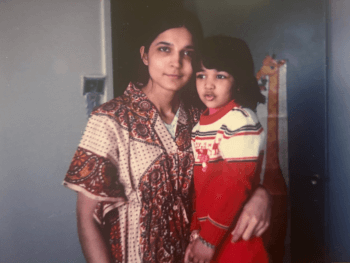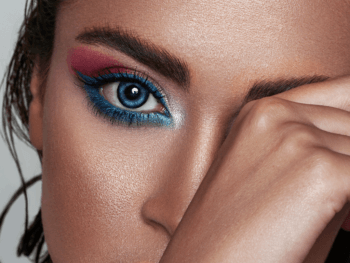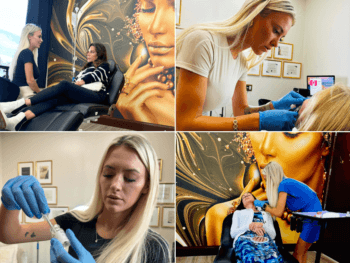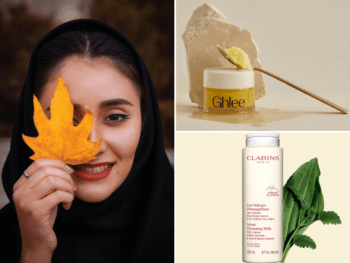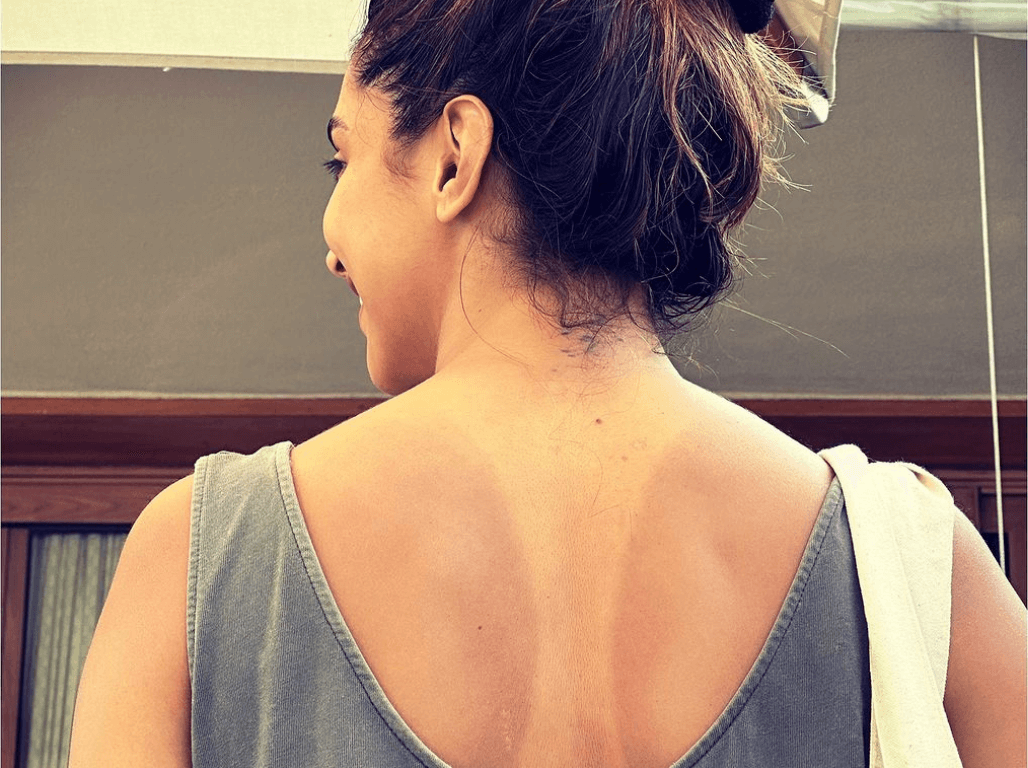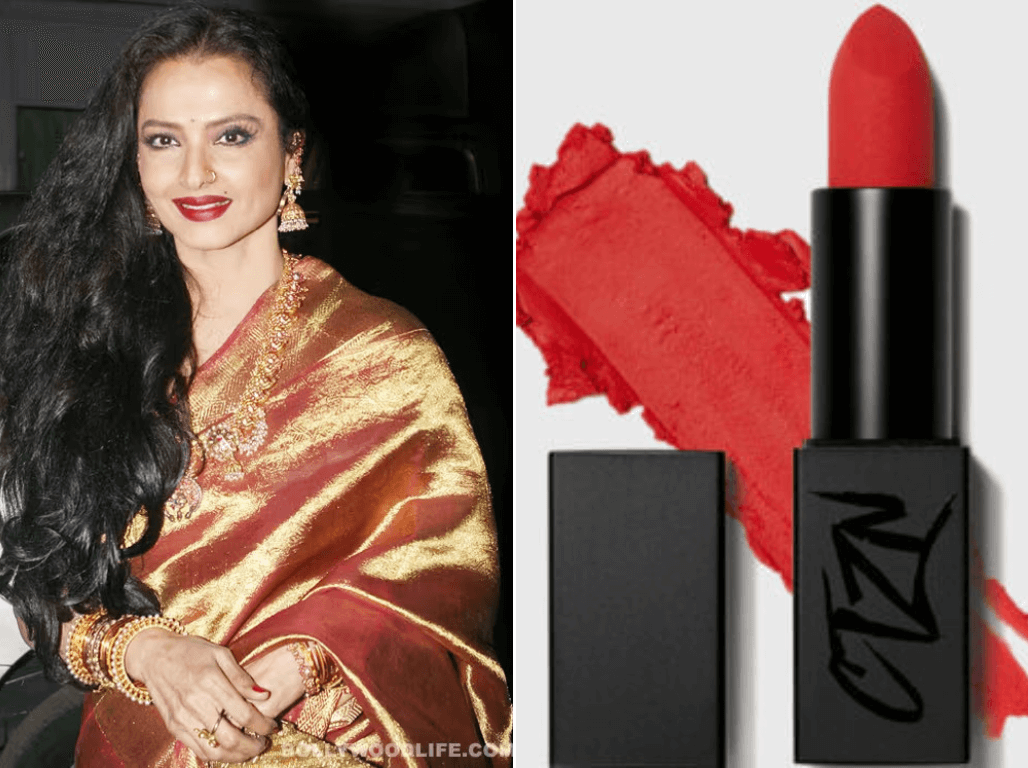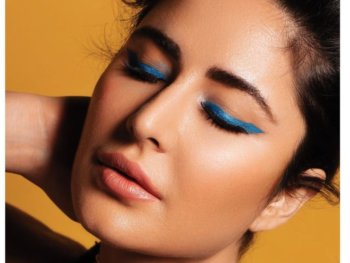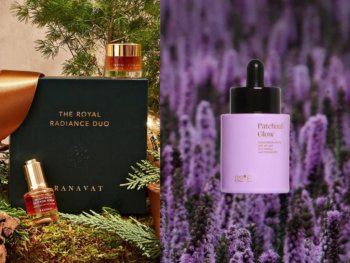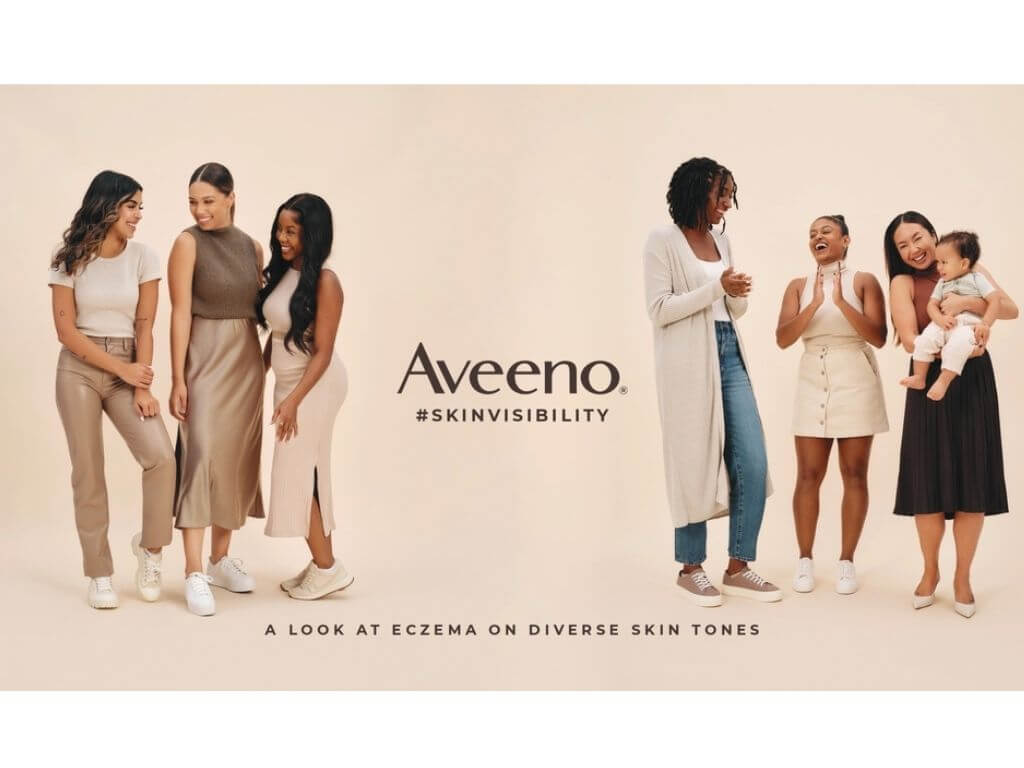
Aveeno® Canada’s New #SkinVisibility Visual Resource Spotlights Eczema On Diverse Skin Tones
Beauty Mar 31, 2023
*Sponsored Post*
Did you know medical textbooks often underrepresent eczema on darker skin tones? However, eczema looks quite different on darker skin tones — appearing darker than the rest of the skin, including grey, purple, pink or red hues, and as a result, misdiagnosis or delayed diagnosis can occur.
Launched in 2021, Aveeno®’s #SkinVisibility campaign aims to address the underdiagnosis, care and treatment of eczema on diverse skin through providing resources, tools, and representation. As part of this ongoing effort to help sufferer’s recognize key symptoms and find solutions, Aveeno® Canada is proud to release the #SkinVisibility table book.
With this book, Aveeno® Canada partnered up with Canadian dermatologists and skin experts along with first-person eczema patient testimonials, to build awareness and educate Canadians on how to recognize eczema across diverse skin tones. Taking an educational approach, Aveeno® Canada created their visual resource Aveeno® #SkinVisibility: A Look At Eczema On Diverse Skin Tones to help Canadians take a proactive approach when it comes to their own skin health.

The 74-page table book (which is available through the Skin of Colour Hub on the Aveeno® Canada website) is filled with detailed imagery along with information and advice direct from doctors on how to identify symptoms and manage the condition. These are all presented to provide Canadians the key information they need when talking to their medical professional while investigating their eczema. With helpful first-hand accounts from Canadian eczema patients, including those from the South Asian community, the book brings a personal and relatable element to the reader to help them address this all too common, yet underserved medical issue.
What Is Eczema And How Does It Present On Dark Skin Tones?
In the #SkinVisibility table book Dr. Zaki Taher, a Board-Certified Dermatologist, discussed how eczema can present on Asian skin, saying, “inflammatory lesions can appear dark and active, lesions can appear thickened and/or scaly and/or dark; as lesions improve with treatment there can be post inflammatory darkening or lightening of the skin. On Brown skin tones, active lesions may appear red-brown or purple-brown to black; older persistent lesions may be thickened, darker and heaped up; over time with resolution there can be post- inflammatory darkening or lightening.”
The Underdiagnosis Of Eczema Among People Of Colour
When it comes to representation and the underdiagnosis of eczema on people of colour, Dr. Geeta Yadav, a board-certified dermatologist and founder of FACET Dermatology notes in the book the challenges that exist when diagnosing eczema on non-Caucasian skin tones. “For many years, the textbook examples that helped doctors learn to recognize skin conditions were of those concerns on White skin; often, skin concerns look different depending on the colour of the patient’s skin. Thanks to new textbooks, more patients of colour have been able to receive accurate diagnoses. Though we’ve made great progress, there is still a long way to go towards ensuring equitable treatment amongst all patients.”
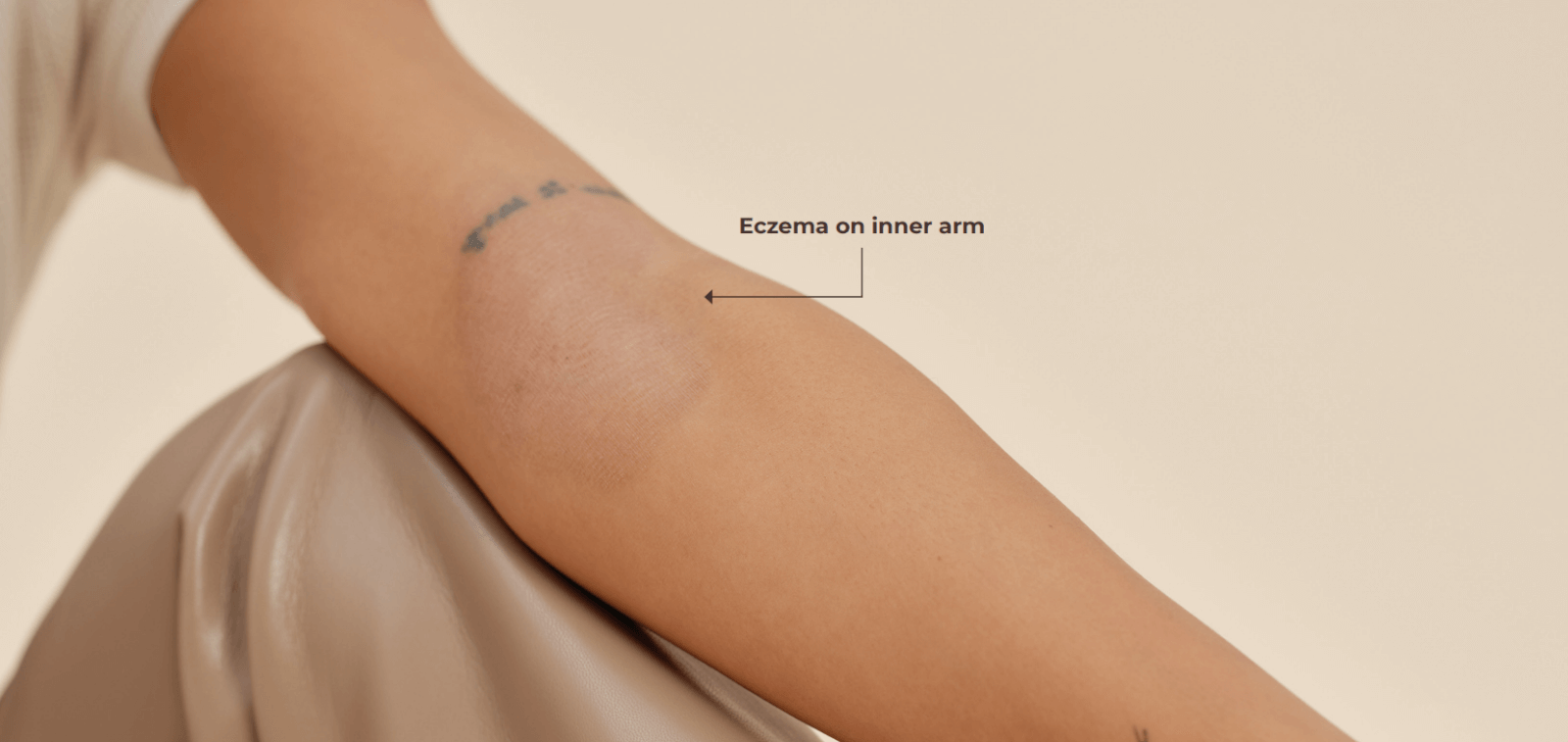
Be Proactive With Your Skin Concerns
If you think you may have eczema, Dr. Sonya Abdulla Board-Certified Dermatologist, recommends, “communicating your symptoms and the impact they are having on your quality of life. Itch is the predominant symptom seen with eczema – while much of the inflammation may be difficult to appreciate in darker skin tones, the degree of itch can help highlight the severity.”
Ruchika Karnani, shares her personal journey in the book detailing all the research that she went through while trying to understand what was happening to her skin, “I went through lots of trial and error as my eczema presented itself in a very unusual way; I got various opinions from professionals and underwent multiple allergy tests, biopsies, prescription trials, holistic treatments and more over the course of four months, but was finally diagnosed with eczema.”

Ruchika didn’t just sit back and wait for answers, she was proactive, “while waiting for answers, I further researched the information I collected along the way to gain more insight and implement some changes myself. Whether it was reworking my diet or incorporating more eczema-controlling mindfulness practices into my daily routine, taking healing into my own hands is something that helped me during the waiting period, and I’d recommend this to those looking for answers as well. Expert opinions are crucial but often take time to get, and I find that catering your daily routine to be in favour of healing in the interim, even in the smallest ways, can help mitigate factors that complicate the diagnosis process.” Being proactive in your skin health is key and with Aveeno® #SkinVisibility: A Look At Eczema On Diverse Skin Tones table book you can be sure to get the essential information to support you in this journey.
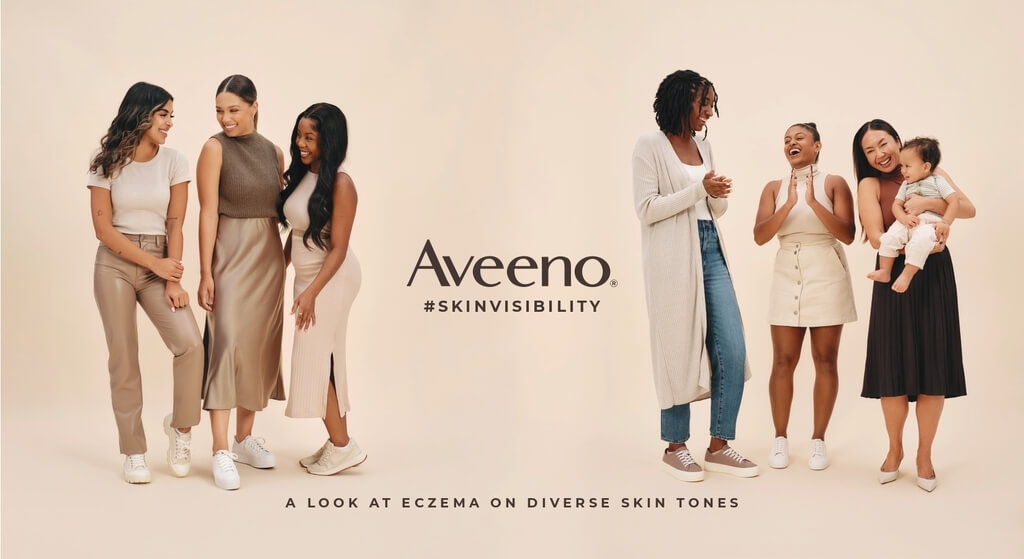
Aveeno® Canada’s Mission For Skin Health Equity
With their free online table book, Aveeno® Canada is focused on ensuring that people of colour including those from the South Asian community are armed with the essential knowledge when it comes to eczema. This includes how to identify eczema across diverse skin tones, having a clear understanding of triggers and how to communicate with your medical professional. This is all part of Aveeno® Canada’s mission to ensure that everyone has access to resources to help them along their skin health journey.
You can download the book here.
For more information about the Aveeno® Brand and its product offerings, visit aveeno.ca or follow us on Facebook at Facebook.com/AveenoCanada or Instagram at Instagram.com/AveenoCA.
Main Image Photo Credit: Aveeno® Canada
Hina P. Ansari
Author
Hina P. Ansari is a graduate from The University of Western Ontario (London, Ontario). Since then she has carved a successful career in Canada's national fashion-publishing world as the Entertainment/Photo Editor at FLARE Magazine, Canada's national fashion magazine. She was the first South Asian in...










